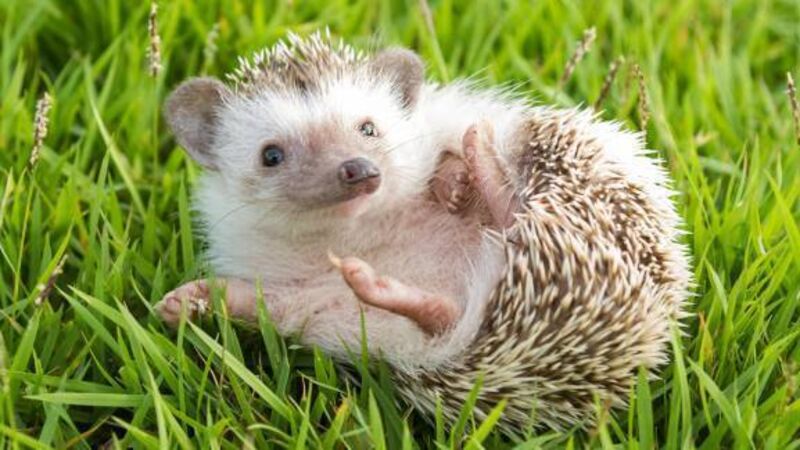Hedgehogs face a prickly future in Ireland

During hibernation, their heartbeats fall to a fifth of the normal rate and their body temperature can drop to 4°C. Nor will all of the sleepers survive. ‘Pups’ born late in the season are particularly vulnerable; laying on enough fat, before taking to their beds, is particularly challenging for them. Much depends on the severity of the winter.
‘Gráinneóg’, the ‘ugly one’ with up to 7,000 spines, has short legs small eyes and a keen sense of smell. Not the brightest star in the animal firmament, its brain is small. This most ancient of our mammals, and its relative the pigmy shrew, have changed little in 15 million years. So how are hedgehogs coping with today’s fast-changing world?













